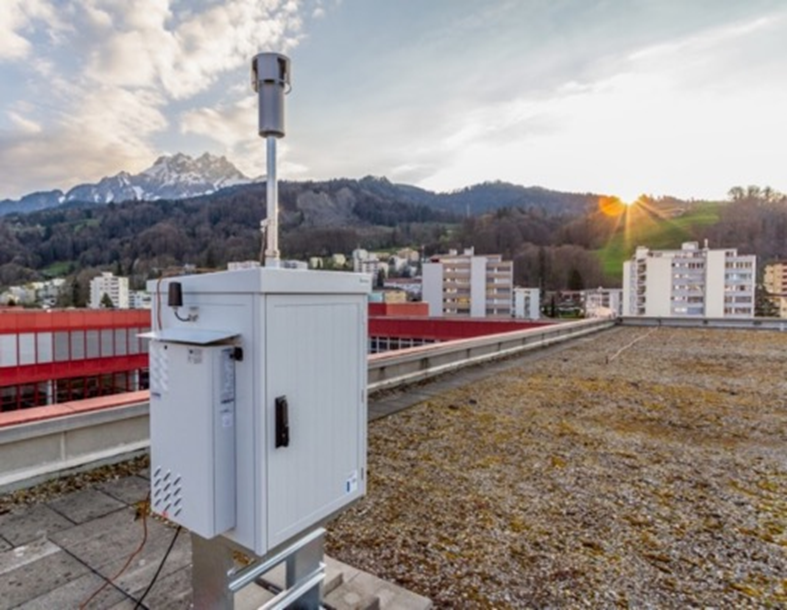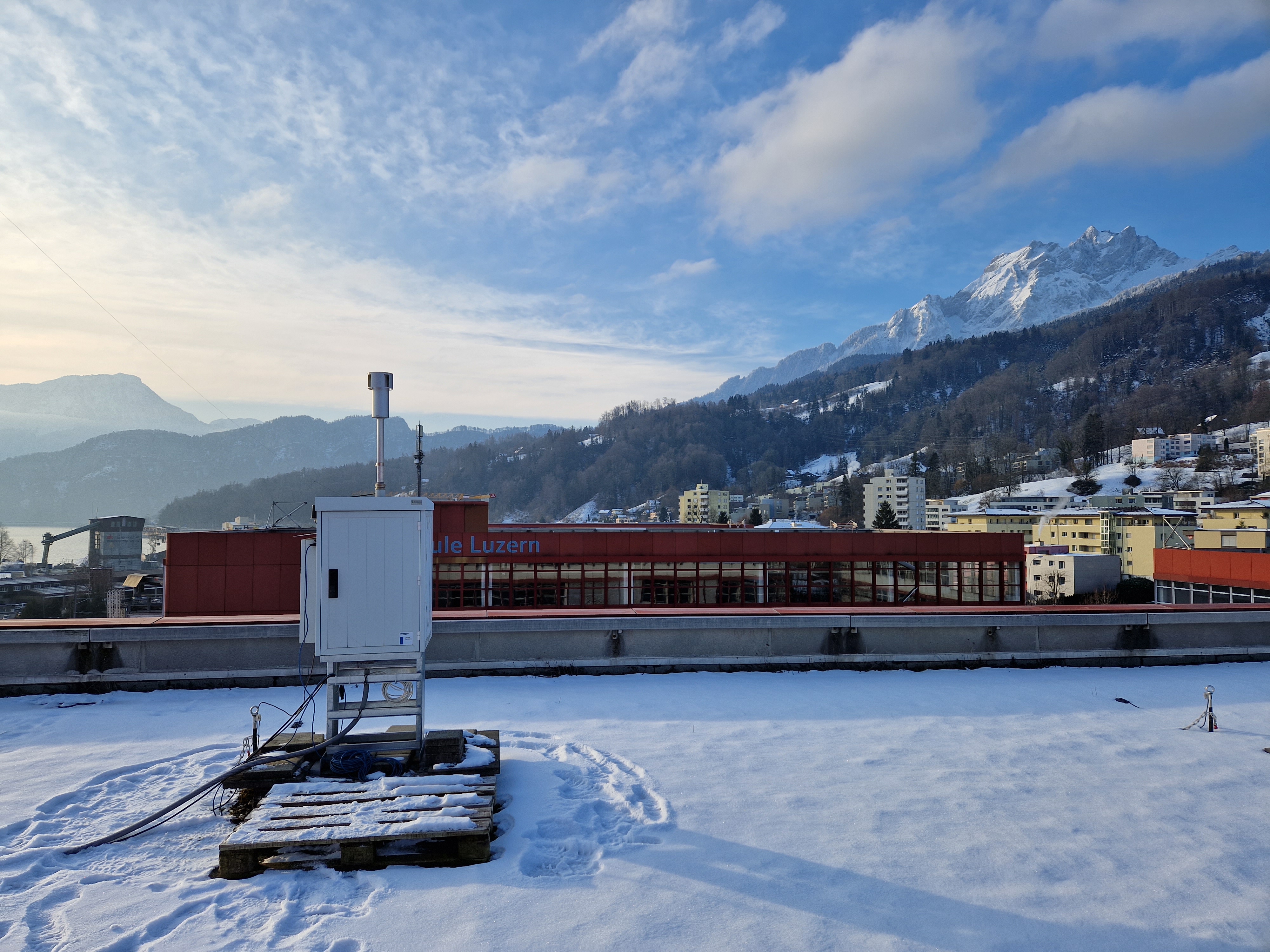Many people suffer from pollen allergies. Over the past 30 years, the prevalence of pollen allergy and asthma in Europe has increased fourfold, affecting between 15 and 40% of the population. This level continues to grow, with approximately 25% of the adult population being affected but nearly 30-40% of children having allergies. Pollen monitoring is essential for several reasons, specifically for allergy sufferers who benefit from the latest methods.
Allergy monitoring
Pollen is one of the most common causes of allergic reactions. By measuring pollen, allergy sufferers know when pollen levels in the air are high so they can take appropriate precautions to alleviate their symptoms.
Health monitoring
A high concentration of pollen in the air can also have health effects on people who are not allergic. For example, high pollen concentrations can cause irritation of the eyes, nose, and throat and even trigger asthma attacks. Health officials can provide timely warnings and take appropriate action to protect public health by monitoring pollen levels.
Agronomy and ecology
Pollen plays an essential role in the pollination of plants and thus, in agriculture. By measuring pollen, crop pollination can be better understood and optimized. Pollen monitoring can also provide important information about changes in vegetation and ecological diversity.
Climate research
Changes in pollen levels can be an indication of changes in climate. Pollen monitoring helps understand the effects of climate change on the environment and human health. Overall, pollen monitoring can help protect human health and the environment.
Importance of Real-time Pollen Monitoring
The allergy sufferers' symptoms depend on the amount of pollen in the air. Therefore, an automatic pollen monitoring system must be able to determine the pollen concentration. It is critical that the pollen monitor correctly identifies the main allergen pollen in the region. The pollen concentration associated with certain allergy risks varies by region.
How does automatic pollen monitoring work?
Swisens AG pioneered an automated real-time pollen monitoring system. Automatic pollen monitoring means that a measuring system independently and continuously measures and monitors local pollen concentrations in real-time and around the clock. In doing so, the measuring system can distinguish between the different pollen types and make the slightest changes in pollen concentration visible. The corresponding values are updated and output every hour or even every minute. The system detects at the smallest concentrations whether the release of allergic pollen and thus the pollen season has begun. During the pollen season, it determines the concentration trends and detects the tiniest changes in the pollen load. Depending on who operates a measuring network with our pollen monitors, this data is available to the pollen apps. In Switzerland, pollen data can be accessed in real-time on MeteoSwiss and the "Pollen News" app of the "aha Allergiezentrum Schweiz."

How do Allergy sufferers benefit from Real-Time Pollen Monitoring?
More accurate pollen data can improve quality of life and reduce allergy-related performance losses. Allergy sufferers can limit their pollen exposure if they know that pollen counts are very high. Avoiding being outdoors during peak periods can help alleviate their symptoms. Windows should only be open when pollen counts are low. This could save millions of € in health costs and lost work time. Due to the high proportion of pollen allergy sufferers (between 15 and 40%), between €50 and €150 billion is spent annually in Europe.
References
- Clot, Bernard, Stefan Gilge, Lenka Hajkova, Donát Magyar, Helfried Scheifinger, Mikhail Sofiev, Fabienne Bütler, and Fiona Tummon. 2020. ‘The EUMETNET AutoPollen Programme: Establishing a Prototype Automatic Pollen Monitoring Network in Europe’. Aerobiologia. Retrieved online 4/5/2023 https://doi.org/10.1007/s10453-020-09666-4.
- Laatikainen, Tiina, L. von Hertzen, J.-P. Koskinen, M. J. Mäkelä, P. Jousilahti, T. U. Kosunen, T. Vlasoff, M. Ahlström, E. Vartiainen, and T. Haahtela. 2011. ‘Allergy Gap between Finnish and Russian Karelia on Increase’. Allergy 66 (7): 886–92. Retrieved online 4/5/2023 https://doi.org/10.1111/j.1398-9995.2010.02533.x.
- Zuberbier, T., J. Lötvall, S. Simoens, S. V. Subramanian, and M. K. Church. 2014. ‘Economic Burden of Inadequate Management of Allergic Diseases in the European Union: A GA https://doi.org/10.1111/all.12470
- Rönmark, Eva, Anders Bjerg, Matthew Perzanowski, Thomas Platts-Mills, and Bo Lundbäck. 2009. ‘Major Increase in Allergic Sensitization in Schoolchildren from 1996 to 2006 in Northern Sweden’. https://doi.org/10.1016/j.jaci.2009.05.011.
- Tummon, Fiona, Lucas Alados Arboledas, Maira Bonini, Benjamin Guinot, Martin Hicke, Christophe Jacob, Vladimir Kendrovski, et al. 2021. ‘The Need for Pan-European Automatic Pollen and Fungal Spore Monitoring: A Stakeholder Workshop Position Paper’. Clinical and Translational Allergy 11 (3): e12015. https://doi.org/10.1002/clt2.12015.
Debora Thaler
Marketing Coordinator

